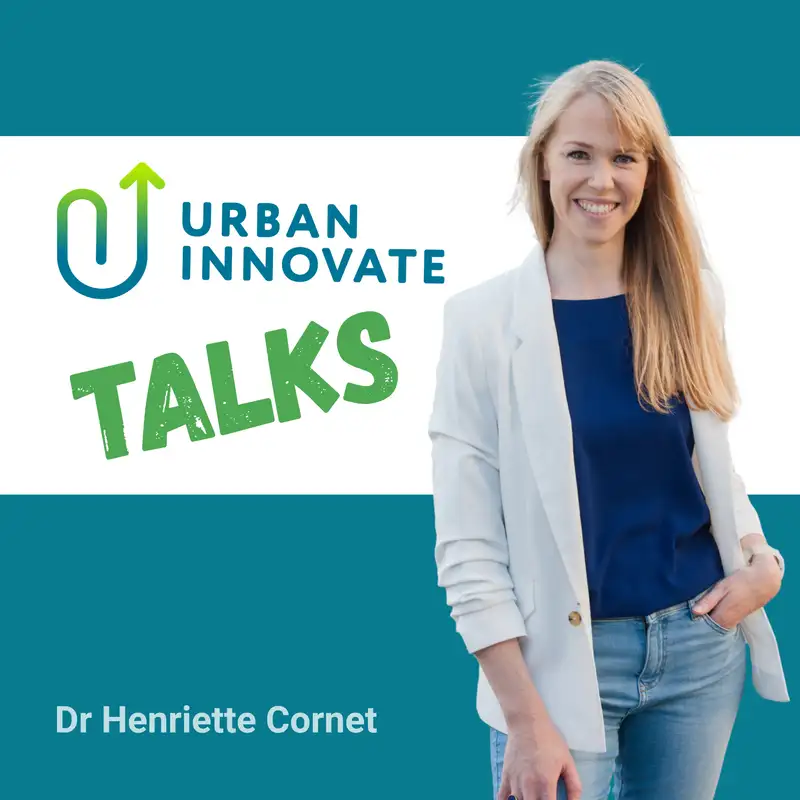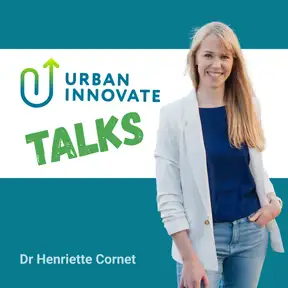#2 Planning for Sustainability with Tammy Seale
In this conversation, the focus is on climate action and sustainability, featuring insights from Tammy, a principal at Placeworks. The discussion covers the importance of climate action planning, the roles of mitigation and adaptation, and the integration of technology in sustainability efforts. A case study of San Mateo's climate action plan illustrates successful community engagement and long-term goals. The conversation also addresses the challenges of polarization in climate discussions and emphasizes the need for shared values and collaboration.
Takeaways
Climate action is essential at multiple levels: individual, municipal, and state.
Mitigation involves reducing greenhouse gas emissions, while adaptation prepares communities for climate impacts.
Transportation is a significant source of greenhouse gas emissions, necessitating a focus on reducing vehicle miles traveled.
Education is crucial for helping communities adapt to new sustainability practices.
Technology can enhance sustainability efforts, but it doesn't always have to be high-tech.
Natural solutions, like urban forestry, play a vital role in carbon sequestration.
Successful climate action requires community buy-in and collaboration among stakeholders.
San Mateo's climate action plan exemplifies effective community engagement and ambitious goals.
Polarization in climate discussions can be mitigated by focusing on shared values and goals.
Continuous learning and adaptation are key to effective climate action planning.
Chapters
00:00 Introduction to Climate Action and Sustainability
03:07 Understanding Climate Mitigation and Adaptation
06:07 The Role of Technology in Sustainability
09:15 Case Study: San Mateo's Climate Action Plan
14:06 Navigating Polarization in Climate Discussions
Takeaways
Climate action is essential at multiple levels: individual, municipal, and state.
Mitigation involves reducing greenhouse gas emissions, while adaptation prepares communities for climate impacts.
Transportation is a significant source of greenhouse gas emissions, necessitating a focus on reducing vehicle miles traveled.
Education is crucial for helping communities adapt to new sustainability practices.
Technology can enhance sustainability efforts, but it doesn't always have to be high-tech.
Natural solutions, like urban forestry, play a vital role in carbon sequestration.
Successful climate action requires community buy-in and collaboration among stakeholders.
San Mateo's climate action plan exemplifies effective community engagement and ambitious goals.
Polarization in climate discussions can be mitigated by focusing on shared values and goals.
Continuous learning and adaptation are key to effective climate action planning.
Chapters
00:00 Introduction to Climate Action and Sustainability
03:07 Understanding Climate Mitigation and Adaptation
06:07 The Role of Technology in Sustainability
09:15 Case Study: San Mateo's Climate Action Plan
14:06 Navigating Polarization in Climate Discussions

